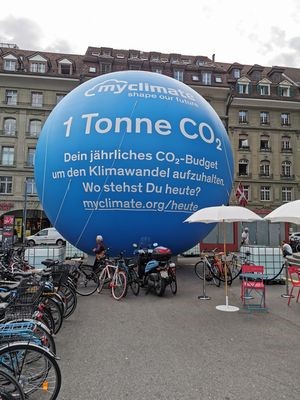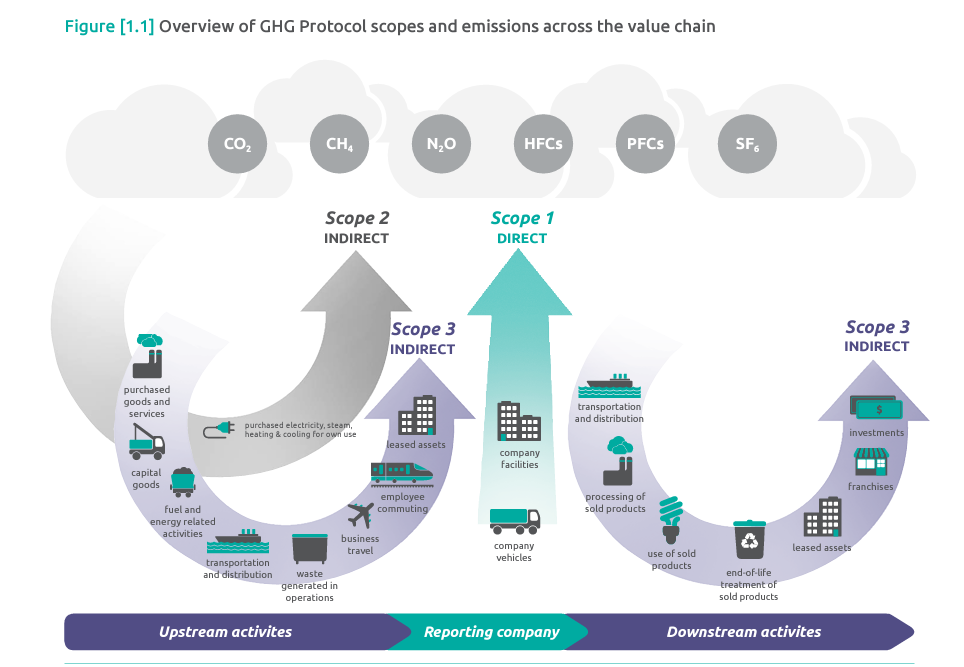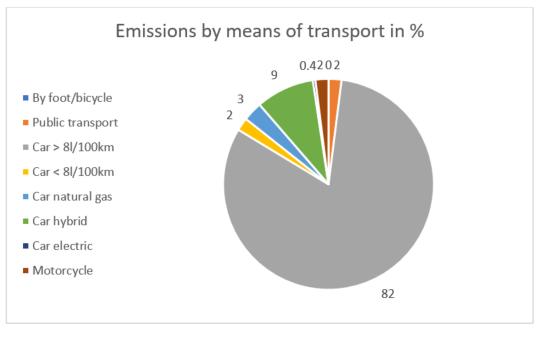In line with the objectives of the Paris Agreement, the Swiss Confederation, EPFL and STCC seek to halve CO2 emissions by 2030 and to achieve carbon neutrality by 2050.
As stated in the Net Zero Carbon Emissions pledge we signed in 2021, we will soon start the process of calculating our 2021 emissions following the same methodology we used for 2020. We will also develop a tool for our clients to calculate the emissions of their events which will require a comprehensive understanding of transportation choices made by participants traveling to the STCC.
Every action towards these bold objectives counts. We are in the process of optimizing our ventilation system and studying the possibility of replacing our photovoltaic cells and adding new ones. STCC employees are continuously encouraged to commute by public transportation and working from home remains a possibility for most.
We started measuring in 2020
As part of our environmental efforts we started measuring the carbon emissions of our operations since 2020. We partnered with ecoLive, myclimate Foundation’s representative in French-speaking Switzerland, who supported us in the collection of data and ensured their reliability through a validation process.
Even though 2020 was an extraordinary year due to the covid-19 pandemic we decided to go ahead with the calculation to get acquainted with the process and improve the way we collect some of the data. It was a relatively lengthy process as we had to gather data related to commuting, business travel, energy consumption, food & beverage and waste throughout the year.
In 2020, the STCC emitted 66.9 tons of CO2. The main sources of emissions were commuting and electricity:
| Category | CO2 tons | % |
| Electricity | 18.9 | 28.3 |
| Heating and cooling | 0.1 | 0.1 |
| Commuting | 35 | 53.2 |
| Business travel | 7.3 | 11 |
| Food and Beverage | 1.1 | 1.7 |
| Equipment | 1.5 | 2.2 |
| Waste | 2.3 | 3.5 |
| Total Emissions | 66.9 | 100 |
Note: Heating and cooling are also included under electricity as the system operates with a heat pump.
Some figures for comparison
According to myclimate, one ton of CO₂ is equivalent to 3’300 kilometres with a petrol car, a flight from Frankfurt to New York or a balloon with a diameter of nine metres and a volume of around 380 m3.
 Photo: myclimate
Photo: myclimate
Scope
This calculation included all emissions generated by our infrastructure and team, not from the events that take place at the venue, and virtually all are included in Scope 3 i.e. emissions related to mobility of our employees and everything that comes from the upstream/downstream value chain (manufacturing and transport of equipment). The processes related to the production of renewable energy are also included in Scope 3.

Source: World Resources Institute & World Business Council for Sustainable Development, 2011
Commuting
Commuting accounts for 53% of the emissions despite the semi-confinement and working-from-home. Since the center did not operate at full capacity, the next few years may also see an increase in the share of electricity.


The offices of the STCC are rather well served by the public transport network. However, 79% of the kilometers traveled by employees are done by individual motorized transport. Alternatives to the combustion engine account for 13.5% of the kilometers driven (10% by hybrid car, 3% by natural gas car and 0.5% by electric car). In addition, 84% of total commuting emissions are generated by private gasoline and diesel vehicles, although they account for only 62% of all commuting.
In 2020, STCC employees travelled 3.7 times around the world to get to work. This amounts to 5955.3 kilometers per employee.
Electricity
The venue requires 1.3 GWh to operate. This includes heating and cooling needs. The emissions linked to this consumption are relatively low (18.9 tons of CO2) as the electricity was produced from 100% renewable sources. If the venue were to be powered by electricity from non-renewable sources, the emissions would amount to 190.9 tons.
Business travel
In 2020, STCC employees traveled 4,267 kilometers on business trips. Almost three quarters of these kilometers were covered by public transport. Per employee, this corresponds to an average of 173 kilometers travelled to business meetings (excluding air travel).
Air travel represents 6.18 tons of CO2, or 85% of total business travel emissions.
Waste
The emissions related to waste are not significant however the ratio incinerable/recyclable waste can be improved.

Interested in knowing more? Do not hesitate to contact me directly.

